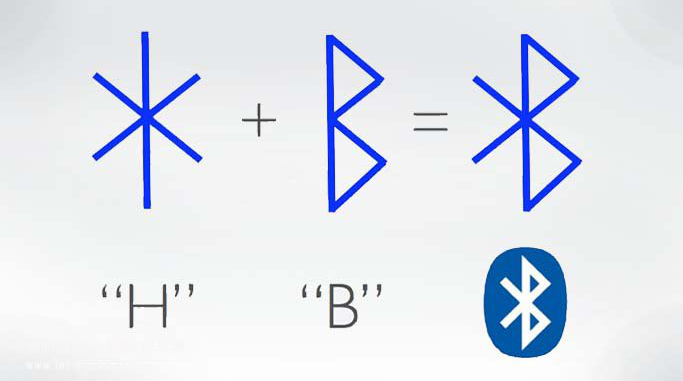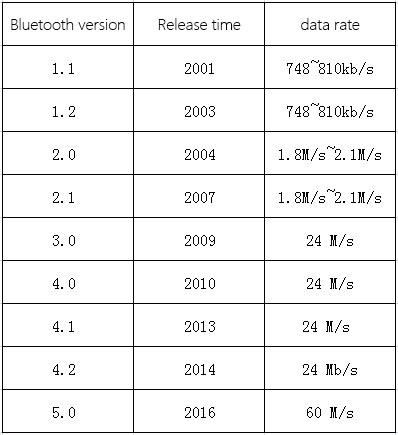When it comes to "Bluetooth function", I believe many people have a certain understanding of it. They know that Bluetooth is a short-range radio communication technology. However, if we go deep into understanding how many versions of Bluetooth specification have gone through, and what are their respective advantages and disadvantages, I believe few people will do so until today, I control health technical personnel to give you popular science under you do not know the Bluetooth version of knowledge.

Bluetooth is a kind of short-range radio technology, so devices with Bluetooth function can't work without the wireless transmission of signals. The transmission effect is mainly determined by the Bluetooth chip. Moreover, with the development of technology, the chip has gone through the development process from low to high, from single function to multi-function, The version of Bluetooth chip has gone through v1.1, 1.2, 2.0, 2.1, 3.0, 4.0, 4.1, 4.2, 5.0 and the latest 5.1, 5.2.

Analysis of the advantages and disadvantages of different Bluetooth versions
Bluetooth version 1.1:
it is an early version, and the data transmission rate is 748 ~ 810kb / s. The disadvantage is that it is easy to be interfered by products of the same frequency, thus affecting the communication quality.
Bluetooth version 1.2:
the signal transmission speed is the same as that of Bluetooth version 1.1, but the anti-interference FM function is added to its function, and it can be downward compatible with version 1.1.
Bluetooth version 2.0:
the transmission rate is higher than the previous version 1.0, and it can support voice communication and high-quality picture transmission. Its biggest disadvantage is high power consumption.
Bluetooth version 2.1:
namely "Bluetooth 2.1 + EDR", can be downward compatible with version 1.2 and other versions. Compared with version 2.0, it adds the power saving function of sniff, and enhances the simple security pairing function, which improves the security.
Bluetooth version 3.0:
compared with Bluetooth version 2.0, its signal transmission is more stable and greatly improves the data transmission speed, so that the transmission rate reaches 24m per second, and introduces the enhanced power control function, which effectively reduces the power consumption.
Bluetooth version 4.0:
compared with Bluetooth version 3.0, it effectively reduces the power consumption and enhances the compatibility of devices. At the same time, devices can be connected without password, and it can reduce the delay of calls. The effective coverage is also expanded to 100 meters (the previous version was 10 meters).
Bluetooth version 4.1:
compared with all previous Bluetooth versions, it simplifies the connection steps between devices, improves the connection speed, and is more intelligent. For example, it supports "one connection and many" and other functions. Another improvement is to improve the transmission efficiency by a large margin. When users connect more Bluetooth devices, Through the EDR function of Bluetooth chip, the information between devices can be received smoothly.
Bluetooth version 4.2:
Based on Bluetooth version 4.1, it improves the speed and security of data transmission. Without the permission of users, it is impossible to connect or track user devices.
Bluetooth version 5.0:
compared with Bluetooth 4.2 version, Bluetooth 5.0 effectively improves the receiving range of Bluetooth, and the receiving distance can reach about 300 meters. At the same time, it adds navigation function and Internet of things function, and reduces power consumption.

Every generation upgrade of Bluetooth chip version will effectively improve the overall performance of the chip, making the compatibility between Bluetooth devices wider, the signal transmission speed faster, and more energy-saving, etc. Moreover, with the development of technology, the application range of Bluetooth technology in the future will be wider and more suitable for people's life.
If you have any questions, please contact us by the following ways